
Once seen as the stepping stone to equity, fixer-uppers may be stepping out of favor entirely. Everything from insurance hikes to zoning snarls is squeezing them out of reach. What’s replacing them? Move-in-ready homes and modern builds that check every box, with no renovation required. If you’re eyeing a project home in 2025, these market changes could flip your plans.
Contractor Shortages Are Delaying Projects And Inflating Bids
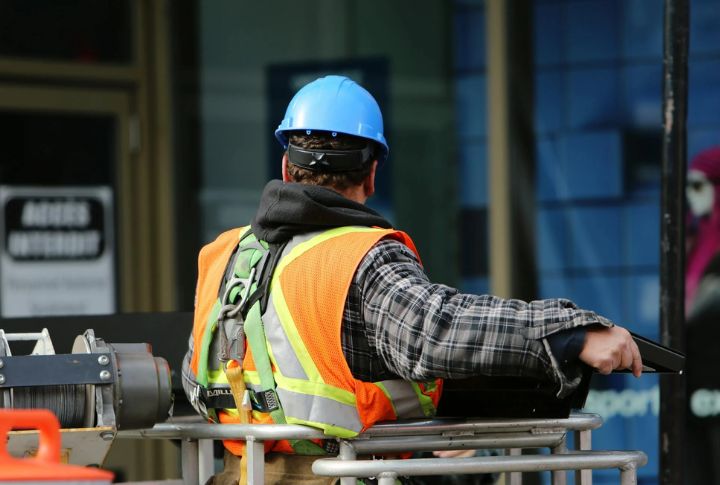
Data doesn’t lie. The Associated General Contractors of America reported that over 80% of firms struggled to hire skilled labor in 2024. That means your remodel sits on a waiting list while costs balloon. No team, no timeline, no return on your project home dreams.
Institutional Buyers Are Skipping Fixers In Favor Of Scale
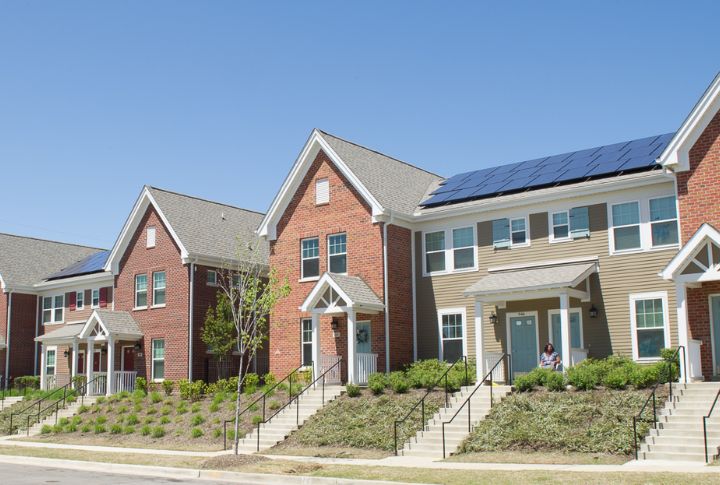
Private equity isn’t targeting outdated properties. BlackRock and Invitation Homes are focusing on build-to-rent developments and move-in-ready units. By purchasing new houses in bulk, they avoid repair hassles. And with fewer investors interested in older ones, demand declines, making resale opportunities harder to find.
High Renovation Costs Are Killing The Budget Advantage
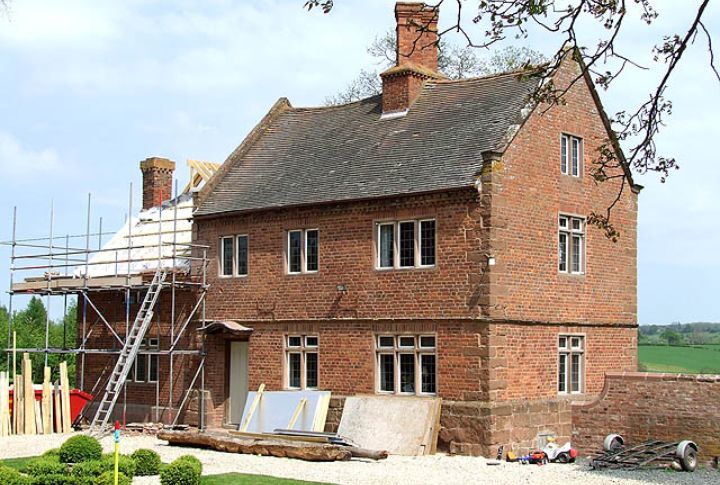
Inflation hit more than the grocery aisle. Lumber prices have jumped 30% since late 2023, and labor rates haven’t stopped climbing. Renovating a starter home can now rival the cost of a new build. That bargain basement remodel? It’s looking more like a financial trapdoor.
Insurance Premiums Are Skyrocketing On Older And Damaged Homes

Try insuring a fixer in a flood-prone or wildfire-prone zone, and the expenses quickly add up. Premiums for aging homes rose sharply, with older roofs and faulty electrical systems making them even more expensive to cover in 2024. Add repair costs, and affordability becomes a serious challenge.
Zoning And Permit Rules Are Becoming More Complicated
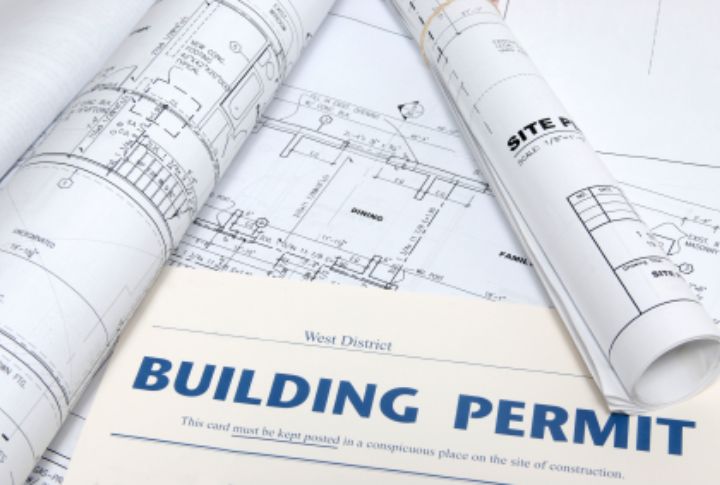
Red tape has teeth. In 2025, cities like Los Angeles and Boston added stricter zoning updates and permit delays. So, if you want to knock down that wall or convert a garage, brace yourself! Bureaucracy isn’t just a headache—it’s a deal breaker for renovation-driven purchases.
Mortgage Lenders Are Tightening Rules On Rehab Loans

Ready to invest in sweat equity? Good luck getting financed. FHA 203(k) loans now face stricter eligibility, higher rates, and tighter appraisals. Lenders want stability, not uncertainty. If your property needs repairs to qualify, chances are your financing options just evaporated with rising interest rates.
Millennial And Gen Z Buyers Are Prioritizing Lifestyle Over Sweat Equity

Just imagine a home where convenience meets modern style. These homebuyers want kitchens equipped with smart tech and weekends free of renovations. The median age of first-time purchasers hit 35 in 2024. They’ve waited long enough, and they’re not waiting for a contractor to finish tiling the bathroom.
Energy Efficiency Standards Are Leaving Fixer-Uppers Behind
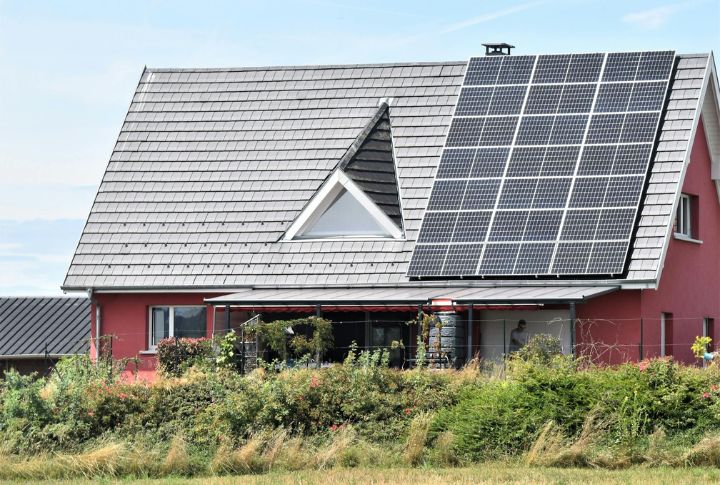
Outdated homes can’t keep up with rising green mandates. Electric panel upgrades and solar-ready roofs are reshaping buyer checklists. So, meeting 2025 energy codes often comes with unexpected costs, which lead purchasers to skip both the upgrades and the properties that require them.
The Rise Of Subscription-Based Housing Models
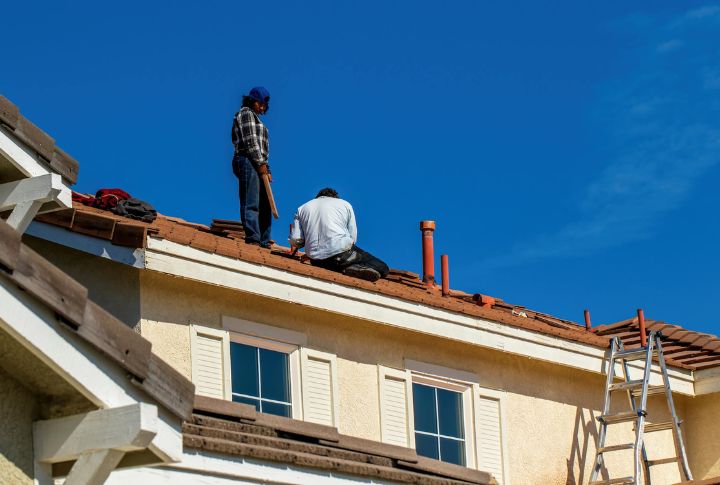
In 2025, subscription-based housing models are emerging as a practical alternative to fixer-uppers. Services like Nevo and PadSplit offer well-maintained homes without the commitment of traditional ownership. They cater to those who prefer convenience and flexibility without dealing with constant repairs.
Aging Housing Stock Is Riskier Than Ever To Flip Or Repair
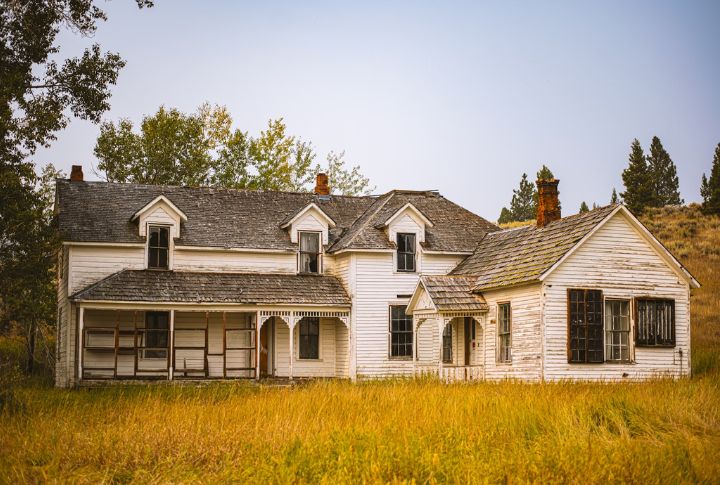
Cracked foundations, asbestos tiles, 1940s wiring—America’s older houses aren’t just quaint—they’re loaded with liabilities. Nearly 35% of U.S. housing stock was built before 1970, leading to higher repair risks, lower resale potential, and fewer buyers willing to take the gamble.

